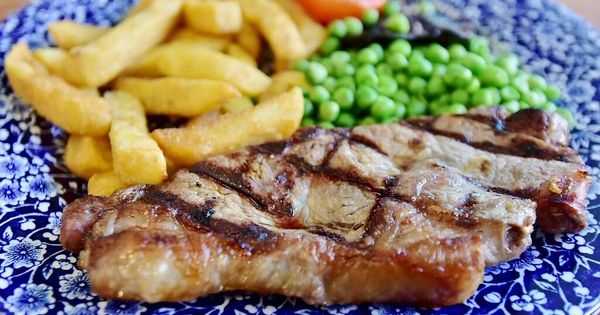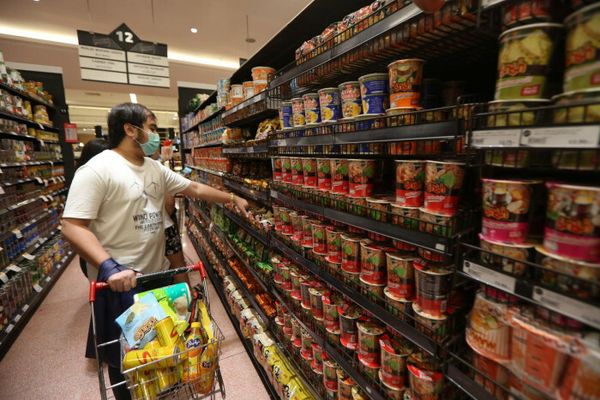Brits have been warned about a potential shortage of steak in restaurants and supermarkets. It's because farmers are slaughtering animals early because of the rising cost of feed and fertiliser.
The cattle are slaughtered earlier, the smaller they are and their meat is of lower quality, the Telegraph reports. It said consumers will have to choose cheaper meat cuts, including mince.
The chief executive of the British Meat Processors Association, Nick Allen, said people are already swapping steaks for quality burgers in shops and restaurants. It comes as steak prices rise 5% year on year and cost twice as much as mince per kilogram, according to the Office for National Statistics.
Mr Allen said it was going to be difficult for meat processors following the closure of one of the two major fertiliser plants in the UK.
The Telegraph quoted him as saying: “Quite a few farmers will be short of feed going into the winter. The alternative would have been to feed wheat and cereals, and those prices are through the roof as well.
“It will be difficult to get the nice cuts and consistency of cuts.”
Steak prices are up by 5pc on the year, according to the Office for National Statistics (ONS), costing more than twice as much as mince per kilogram.
The Telegraph reported that steakhouse chain Hawksmoor paying 25% more for steak than it was in spring last year. And Mr Allen said that higher prices are likely to last until 2024 due to the time it takes to grow feed and rear new animals.
Mr Allen said that higher prices are likely to be sustained until at least 2024 owing to the timescales involved in growing feed and in raising new animals.
Retail sales dipped last month as consumers tightened their belts amid the cost-of-living crisis, new data has revealed. Total retail sales decreased by 1.1% in May, according to the latest monthly BRC-KPMG retail sales monitor.
It represents a slowdown in shopping activity following an average growth of 0.7% over the past three months. Meanwhile, like-for-like sales were down 1.5% for May compared with the same month a year earlier.
Sales figures are not adjusted for rising price inflation, meaning sales volumes are expected to show a much sharper decline.










